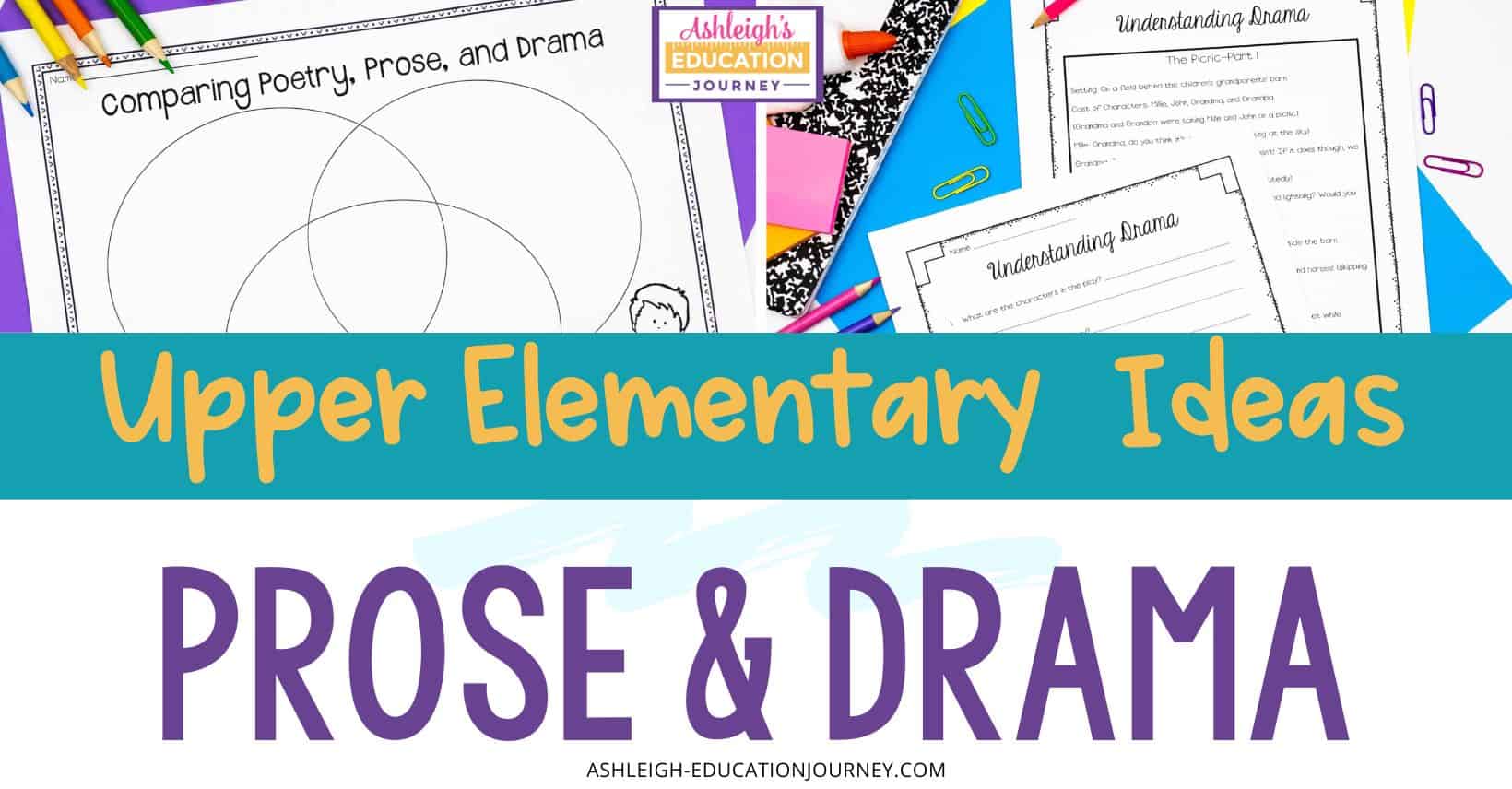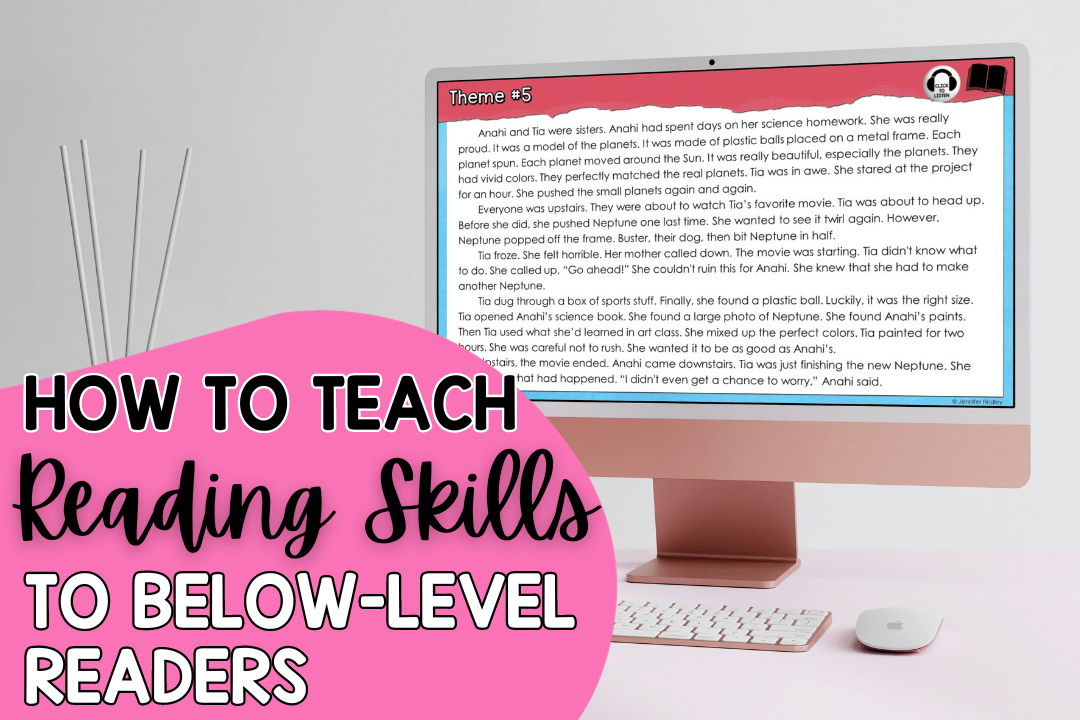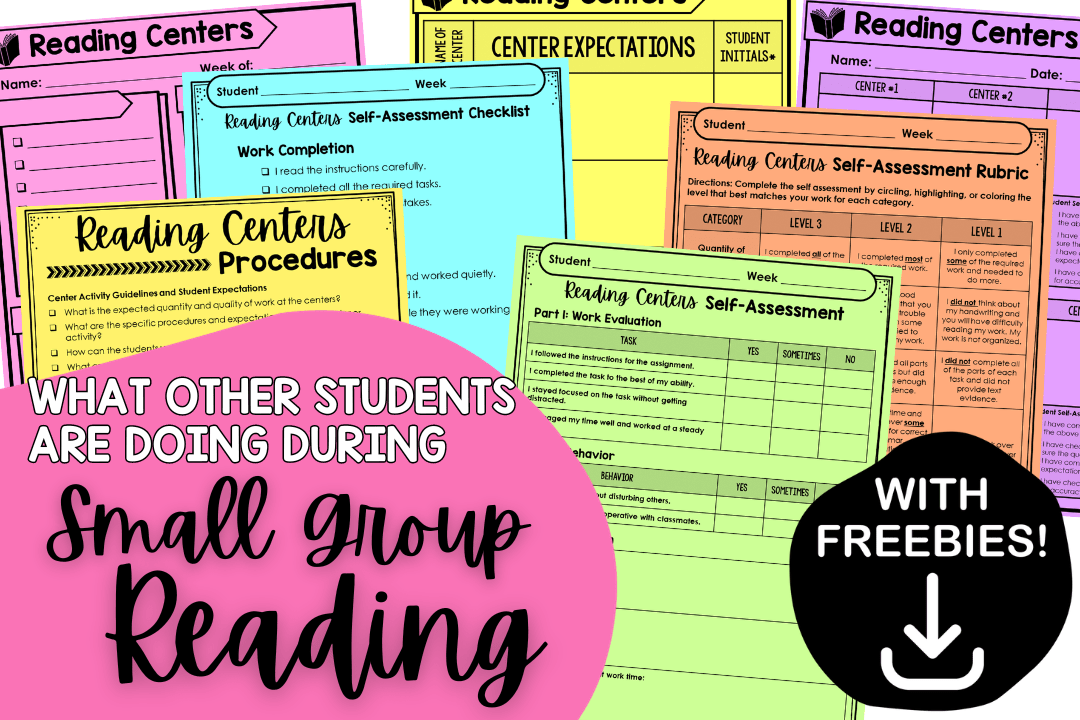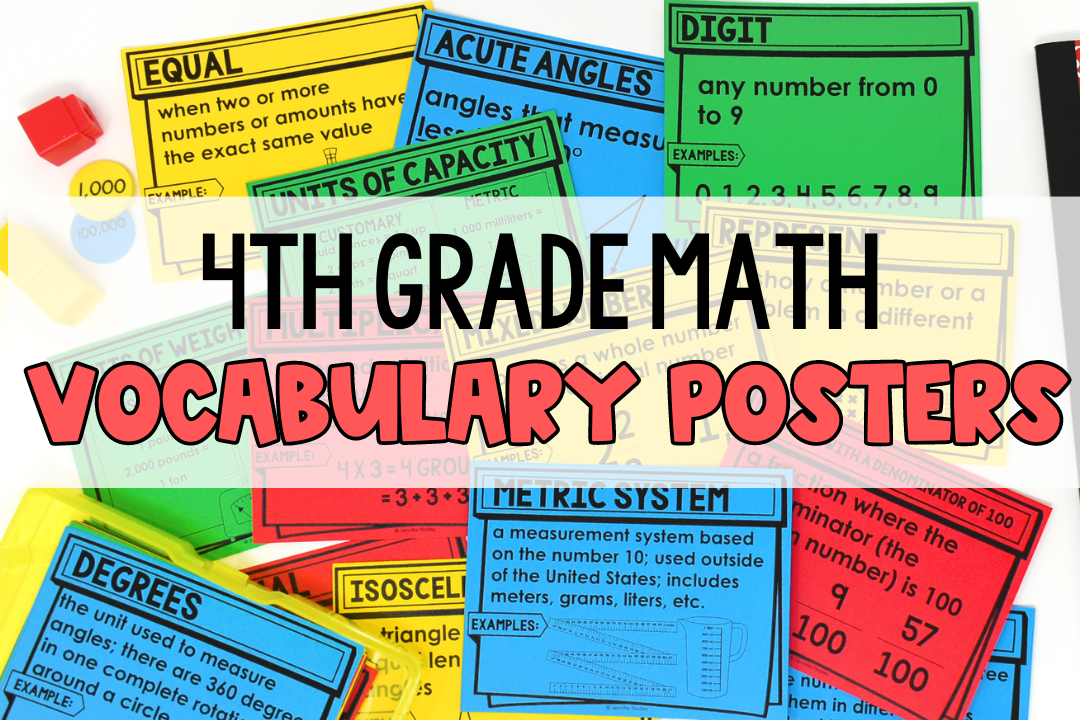This article was originally designed to include poetry, prose, and drama. However, I quickly saw the need to give poetry its own blog post, because there is a lot involved in teaching poetry. You can find that post here. In this article, I’ve shared some of my favorite ways to teach drama and prose. The lessons are from my Reading Unit 5.
Drama
At the beginning of my mini drama unit I let students share what plays they have seen before. Since our K-2 students attend a play for a field trip each year, my students always have a lot of responses! I use that lead-in to share that we sometimes read plays, rather than watching them performed.
Cast of Characters
A cast of characters is a list of characters that are included in the drama. There is typically a list of characters included for a drama. If the play is being performed, a person will be assigned to each character in the play. When reading a play, we should notice that the character’s name is written and then what the character says is beside the name. I always show students an example of what it looks like when a character is speaking during a play. Help students understand that when reading a play (in their minds or orally), do not say the character’s name out loud. Instead, read what the character says while understanding which character is speaking.

How you move on at this point will largely depend on your students. If it is your students’ first experience with reading plays, you may want to use this time to use students to model how to read a play together. If students are already comfortable with reading together, students may break apart into groups and read a play together using a cast of characters.
Stage Directions
Even though students will likely not perform on a stage, they need to learn how to read stage directions. Help students understand that stage directions are for the reader only, and they are not said out loud to the audience. The directions may tell a character how to move or how to speak. Stage directions are typically in parenthesis. I like to show students a few examples of stage directions and model how to act on, but not read aloud, the directions.
Use this time to let students practice reading with different emotions. Use a basic statement such as, “I like riding my bicycle,” and have students read the sentence using a variety of emotions. For example, they may read the sentence with excitement, as a question, with a whiny voice, etc. This is typically a lot of fun for students, and it is great fluency practice!
Setting & Description
Give students time to share how dramas are alike and different from a fiction book or story. One thing to help students notice is that in a drama the setting is often described but it’s not always described in the dialogue that is read aloud. Occasionally, the narrator will describe the setting which allows the reader or audience to visualize the setting while reading or viewing the play. I like to read plays together and have students describe the setting they visualized in their minds.

Reader’s Theater
Reader’s theater is a great way to end a brief drama unit. Break students should into groups (based on the play they will be reading) and have students practice reading a play together during their independent reading time. Then, depending on your students, you can either allow half the class to share on one day and the other half to share the following day, or you can save all performances for the following day. I love incorporating Greek mythology into our reader’s theater. That let’s us become familiar with Greek myths.
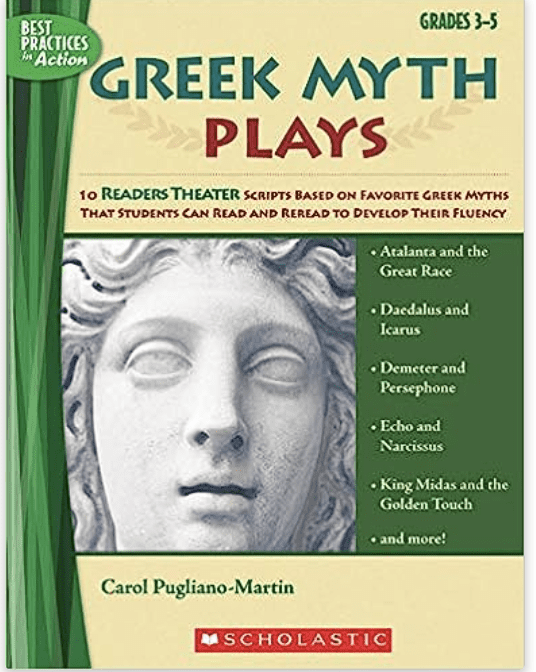
Prose
To introduce prose, show students a large collection of reading material and ask students what all of the texts have in common. Give students a little time to respond. Finally, share that all of the examples can be called prose. Prose is any text without metrical structure, which means it is almost anything except poetry. Since students are already familiar with prose (even if they don’t realize they are), so spend a few minutes together examining the characteristics of prose. I like to create a class anchor chart as students complete the same graphic organizer on their recording sheet.

It’s beneficial for students to think about the purpose of each of the characteristics discussed. For example, what is the purpose of organizing sentences into paragraphs or paragraphs into chapters. As an extra review, students may complete the Prose Scavenger Hunt where they find specific examples of prose from different texts.

I typically don’t spend a long time teaching characteristics of prose in isolation. However, I do like to spend a little time comparing and contrasting the characteristics of poetry, prose, and drama combined. As fun extension is to have students write an opinion paragraph that explains what type of text is their favorite and why.

For extra practice I like to have students complete the Poetry, Prose, and Drama Sort and/or triple Venn-Diagram. It’s a good way to help students focus and organize their thinking.


Hopefully, you found a few new ideas here! You can see all of the lessons in the post here.
Related Posts
